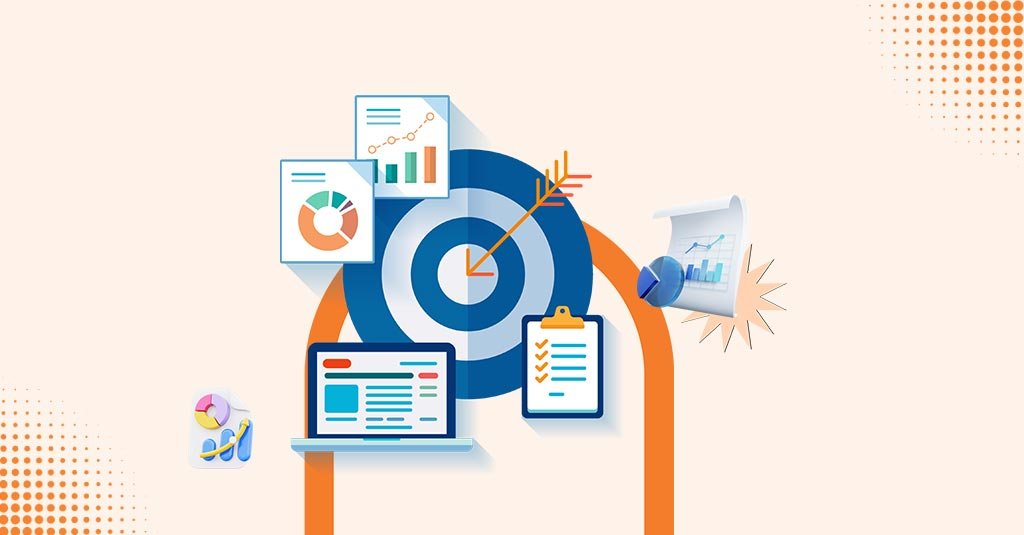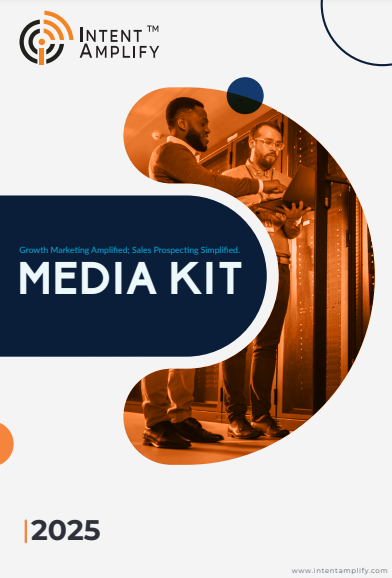
Inbound vs Outbound Marketing in 2025: What Actually Works for B2B?
- Last updated on: May 16, 2025
Inbound vs Outbound marketing has been debated for a decade now.
If you work in B2B, you’ve likely heard this often. Inbound provides better ROI, warmer leads, and lower Customer Acquisition Cost.
Outbound marketing is often considered as outdated, old-fashioned, costly, and no longer effective.
But in 2025, that’s only part of the story.
It’s time to break beyond the hype and assess what actually delivers results. The truth? Success in 2025 doesn’t hinge on one vs. the other.
What Is Inbound Marketing?

Inbound marketing is a tactic aimed at drawing in potential customers through the delivery of valuable and relevant content. Rather than pushing messages out to the masses, inbound seeks to draw prospects in by matching their interests and search intent. According to Hubspot’s The 2025 State of Marketing Report, AI powered solutions increase inbound leads upto 99% in six months.
Some Inbound Marketing Tactics Include:
-
SEO-Optimized Blog Posts
Search Engine Optimization (SEO) is now an essential building block of content marketing.
However good or instructional a blog post might be, if it isn’t optimized for search engines, it won’t get to its desired audience.
SEO-optimized blog posts increase visibility, send organic traffic, and make your message heard by people who are actually looking for relevant solutions.
-
Webinars and Virtual Events
Today virtual events and webinars are such a potent resource for connecting worldwide audiences without geographic constraint.
These tools help companies showcase their expertise, engage with potential buyers in real-time, and produce high-quality leads through informative exchanges and the sharing of valuable information.
-
Downloadable eBooks and Whitepapers
Whitepapers and eBooks act as detailed reference documents for potential customers. These insights help readers to better understand a company’s products and get clarity on their own requirements. These downloadable documents are important lead-nurturing tools and brand positioning as an advisor.
-
Podcasts, YouTube Videos, and LinkedIn Posts
Multimedia content formats like podcasts and YouTube videos provide interactive means of educating and informing target audiences.
Podcasts provide learning on the move, while videos provide visual clarity and convenience. Moreover, LinkedIn posts enable persistent brand presence and give professionals an opportunity to offer insights, provoke conversations, and network with peers in an industry, boosting credibility and reach for the brand.
-
Thought Leadership Posts and Educational Guides
Thought leadership blogs lift your brand above the rest through demonstration of industry savvy, vision, and original thinking. Such blogs cover up-and-coming trends, provide strategic advice, and build trust with influential decision-makers. Educational guides, meanwhile, are informative materials that break down complicated subjects to assist potential customers in making informed decisions along each step of the way.
With inbound, prospects find your business naturally. Most often the option is via search engines or social media. They are already apt to know that they have issues and are specifically looking for a solution, and so are typically more interested and better educated.
Inbound Benefits
Knowing basic inbound marketing methodology can be one of the greatest drivers of sustainable growth. Execution is the key here. By matching your content with search intent and consistently creating value, inbound approaches draw in the right audience. It also builds trust over time. Some of the main benefits businesses have to look forward to from a solid inbound strategy are outlined below:
- High-intent leads: Visitors are already seeking solutions.
- Cost-effective in the long term: You can drive traffic for years off a single blog.
- Brand building: Makes you an expert in your niche.
According to Sender, organizations that use inbound marketing save $14 on average on every lead they acquire.
The advantages of inbound marketing are appealing. They range from cost savings to enhanced brand leadership. But on the other side of the story, inbound marketing has its share of challenges as well.
Inbound Challenges
Recognizing these challenges is critical. It will help organizations in a long way. They can prepare better, plan more effectively, and maintain realistic expectations toward long-term success.
1. It Takes Time
Inbound is not a shortcut way to generate leads. It can take anything from 6 to 12 months to show results. Metrics like measurable levels of traffic, engagement, or lead generation would not reflect immediately, particularly for competitive markets.
2. It Needs Regularity
Success with inbound relies on a consistent stream of content. Stopping content creation even temporarily—can allow momentum to flag and your lead pipeline to evaporate rapidly.
3. SEO Competition is Brisk
High-value keywords are oversaturated with competition. To be noticed, it takes profound expertise, better content quality, and constant SEO optimization to keep the rankings.
4. Requires a Multidisciplinary Team
Inbound marketing is not just about blog writing and waiting for leads. It is teamwork. It involves bringing together writers, designers, SEO experts, and data analysts to create content that works.
5. Attribution Can Be Complicated
In contrast to direct-response mediums, inbound ROI is more difficult to measure. For example, a blog post that influenced a buyer today might not lead to an instant buying decision. The buying decision can be made months later. This makes it harder to monitor and assign the impact correctly.
6. Content Fatigue is Real
People come across a large amount of content daily. To stand out from the crowd, your content should resonate and should provide practical value.
From Pull to Push: Outbound Marketing
Inbound marketing is just one part of the story. It focuses on drawing in prospects with valuable content and organic discovery. Majority of organizations still use outbound marketing to actively reach potential customers and speed up engagement, particularly when rapid results or focused outreach are required.
Gartner anticipates that by 2025, 80% of B2B sales interactions among buyers and suppliers will happen through digital channels. This highlights the need to blend both inbound and outbound approaches in a digital-first sales ecosystem.
What is Outbound Marketing?

Outbound marketing takes a more classic approach. It is a proactive marketing method by which companies reach out to prospects.
Channels like cold calling, email marketing, banner ads, trade shows, and direct mail are used in this approach.
In contrast to waiting for the customer to find them with an inbound strategy, outbound methods ‘push’ the message to a larger set of people without necessarily respecting if they have previously expressed an interest.
Specifically, 84% of Marketers say outbound works when you add on top of it personalization and targeting capabilities with data. In particular, drivers for outbound have a 4.9% response rate.
Outbound Benefits
Whereas inbound marketing aims to draw prospects in, outbound marketing reaches them. The outbound approach is about personally approaching potential buyers. Also, it facilitates the quick build-up of market presence particularly in mature or competitive markets.
Rapid results:
Outbound marketing can schedule qualified meetings in days instead of waiting months for inbound leads. Sales teams can keep their pipeline steady and boost revenue with accelerated growth.
Controlled targeting:
You control whom to contact, ensuring precise audience targeting. This also includes taking care of the when and how. Marketers tailor messages to specific buyer personas and enhance campaign effectiveness.
Best suited for new markets or product introductions:
Outbound facilitates rapid awareness creation where brand awareness is minimal, allowing companies to create demand and inform prospects about new products before competitors.
Flexible outreach:
Campaigns can be increased or decreased depending on resources and market receptivity. This adaptability allows for effective budgeting and the capacity to adjust strategies quickly according to market conditions.
Multi-channel flexibility:
Outbound utilizes different channels like calls, emails, direct mail, and ads, providing multiple ways to reach prospects. Leveraging multiple touchpoints enhances exposure and enhances the probability of reaching decision-makers.
Outbound marketing presents obvious benefits but it comes with its drawbacks at the same time. Success depends on the quality of execution, accuracy of data, and the capacity to engage prospects without irritating them.
Outbound Challenges
1. Poor execution means Poor Response
Outbound campaigns run the risk of producing low response if not executed well. Without accurate targeting and strong messaging, it would prove to be a waste of time and resources for uninterested prospects.
2. May appear pushy if not hyper-personalized
Bland or too sales outreach will push away prospective customers, so personalization is key to establishing credibility and engaging in substantive conversations.
3. Needs clean, enriched data and competent SDRs
Success relies on valid, current contact data and skilled sales development representatives who know how to overcome objections and personalize outreach dynamically.
4, Higher initial outlay
Outbound efforts require large up-front investment. The cost is incurred for equipment, training, and materials before achieving measurable returns.
5. Difficult ROI measurement
It’s not easy to identify just how much effect an outbound campaign has. This is particularly true when there are various touches, lengthy sales cycles, and multiple decision-makers.
Inbound vs Outbound Marketing: The 2025 Scoreboard
| Criteria | Inbound Marketing | Outbound Marketing |
| Cost Over Time | Lower (once scaled) | Higher (but fast results) |
| Lead Quality | High-intent, warm | Varies by targeting/personalization |
| Time to ROI | Slow (takes up to 6 months) | Faster results (within a few weeks) |
| Best Works For | Established brands, Brand-building | Launching new products, targeting execs |
| Challenges | SEO noise, content fatigue | Burnout, data issues, spam filters |
Is Inbound Marketing Superior to Outbound?
Use Inbound Marketing If…
- Your sales process takes longer and is based on developing leads over a period.
- You desire sustainable, long-term development and brand recognition.
- You can afford to spend money on content, SEO, and social media interaction.
Use Outbound Marketing If…
- You require quicker results or need to move pipeline development in a hurry.
- You wish to engage specific accounts or decision-makers with tailored outreach.
- Your product or service necessitates direct, active selling to create awareness.
The Verdict
Inbound vs outbound marketing isn’t a point of discussion in 2025. In fact, it is the time that both are used as a perfect combination.
Inbound fosters trust, authority, and sustainable lead generation. Outbound delivers speed, control, and direct engagement. Together, they can maximize your brand visibility while keeping your pipeline full.
For B2B marketers, it’s about directing both: generating content that attracts the right people while leveraging outbound to touch the right accounts at the right moment.
FAQs
1. How is inbound marketing different from outbound marketing?
Inbound marketing is all about bringing prospects to your business value through the development of valuable content and leverage of the power of SEO, whereas outbound marketing is all about going out to prospects via cold emails, adverts, cold calls, and other contact mediums.
2. Is outbound marketing effective in 2025?
Yes, outbound is very effective – particularly for B2B. Outbound can generate 300% more leads than inbound can when used properly – studies show that 84% of marketers still believe outbound is worth it.
3. Which approach gives greater ROI – inbound or outbound?
This is your objective. Inbound supports compounding long-term ROI, yet outbound has the potential to generate quicker and more manageable returns; for instance, email-based outbound campaigns are showing greater than $42 in ROI on every dollar spent in an outbound initiative.
4. Should B2B firms be inbound or outbound?
They must not be used separately. The best performing B2B organizations in 2025 will have a combination of both in the marketing plan; it is how they will be able to interact with buyers at various stages in their sky funnel while building trust through inbound, and fast-tracking deals using outbound.
5. How has AI revolutionized outbound marketing in 2025?
AI has improved outbound marketing to become smarter using hyper-personalization, predictive targeting with machine learning, and automation sequences so that spam reach-outs are dwindling but the conversion rate is at a record high.
Intent Amplify® enables you to close more deals through an integrated strategy by combining AI-powered inbound with laser-targeted outbound.
We assist you in capturing, engaging, and converting high-value B2B leads by establishing brand authority and scheduling meetings that fuel full-funnel growth
Scale faster? We can assist you in converting intent into impact.




